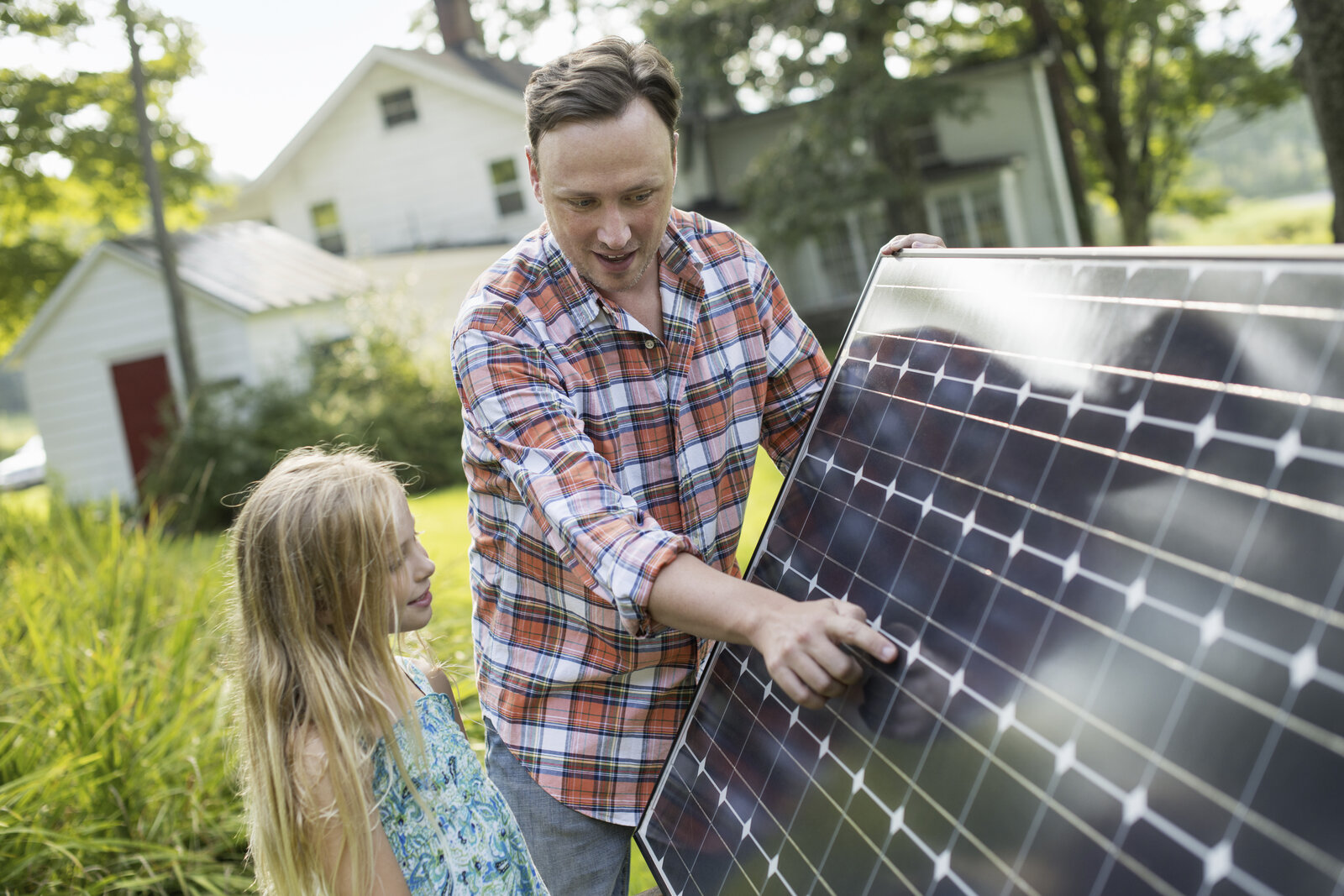What are photovoltaic cells made of?
Are you thinking of acquiring photovoltaic for your home? Wondering what are solar panels made of and how do they work? Find out more about the conversion of solar power to energy that can help you save on your energy bill every year! Here is everything you need to know before installing photovoltaics and before you start looking for a trustworthy PV provider and installer.
Photovoltaics are skyrocketing in popularity everywhere in Europe, not just within companies and industry sites, but also in residential areas. With PV panels, families can save up to hundreds of euros a year on electricity, while simultaneously doing their part for the planet. The sun is an inexhaustible source of power, which makes it the most efficient renewable energy source for households and industries alike. And with the help of a spacious storage system, a solar battery, this energy can be stored during periods of heavy sunlight, and used on other days, such as during the winter or gloomy autumn. Many families have already installed their photovoltaic panels on the roofs of their homes, however, not many have had an interest in how such panels work and how they are structured. What is the magic that turns sun power into electricity? Find out in our article today.
When sunlight hits a photovoltaic (PV) cell, also known as a solar cell, it can either reflect off, be absorbed, or pass through the cell. These cells are primarily made of semiconductor materials, meaning they can conduct electricity better than insulators but not as efficiently as metals. Various semiconductor materials are utilized in PV cells.
Now, what is the photovoltaic cell working principle? When light interacts with the semiconductor material, it absorbs the energy and transfers it to negatively charged particles within the material, called electrons. This additional energy enables the electrons to move through the material, generating an electric current. Metal contacts on the PV cell, arranged in a grid-like pattern, extract this current, which can then be utilized to power homes and contribute to the electric grid.
The efficiency of a PV cell is essentially the electrical power produced by the cell compared to the energy from the incident light. This metric indicates the cell's effectiveness in converting energy from one form to another. The electricity output from PV cells is influenced by factors such as the intensity and wavelengths of available light, as well as various performance attributes of the cell.
A crucial characteristic of PV semiconductors is the bandgap, which determines the wavelengths of light the material can absorb and convert into electrical energy. The bandgap is the distance between the valence band of electrons and the conduction band. It represents the minimum energy required to excite an electron up to a state in the conduction band where it can participate in conduction. When the bandgap of the semiconductor matches the wavelengths of the incident light, the solar cell can efficiently utilize all available energy.
